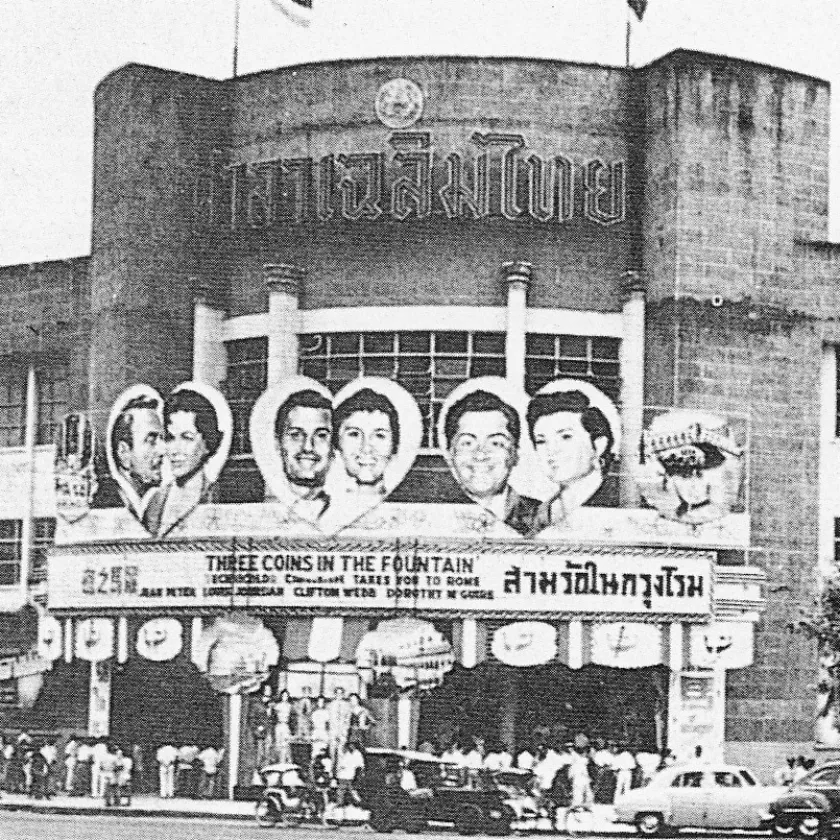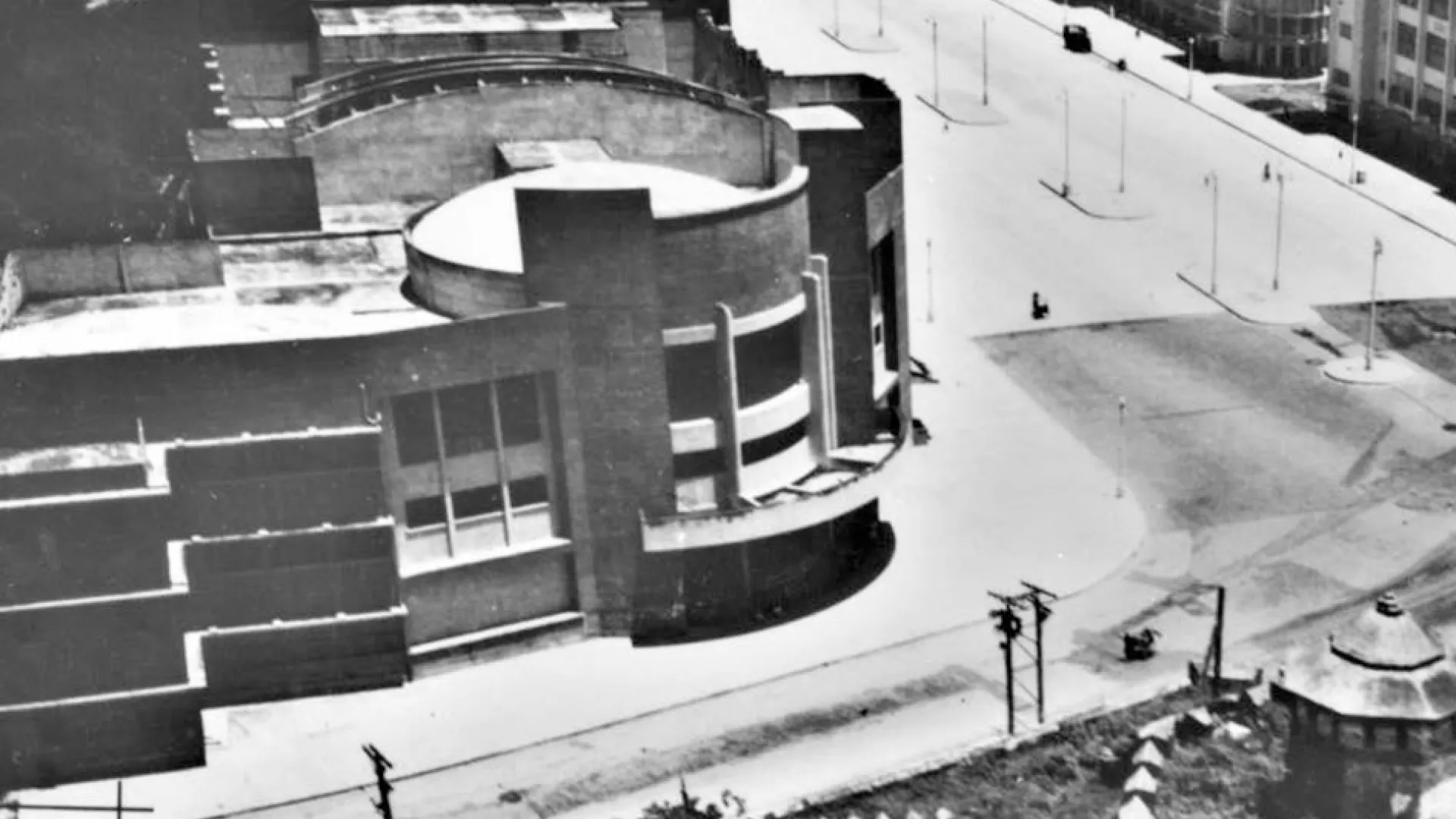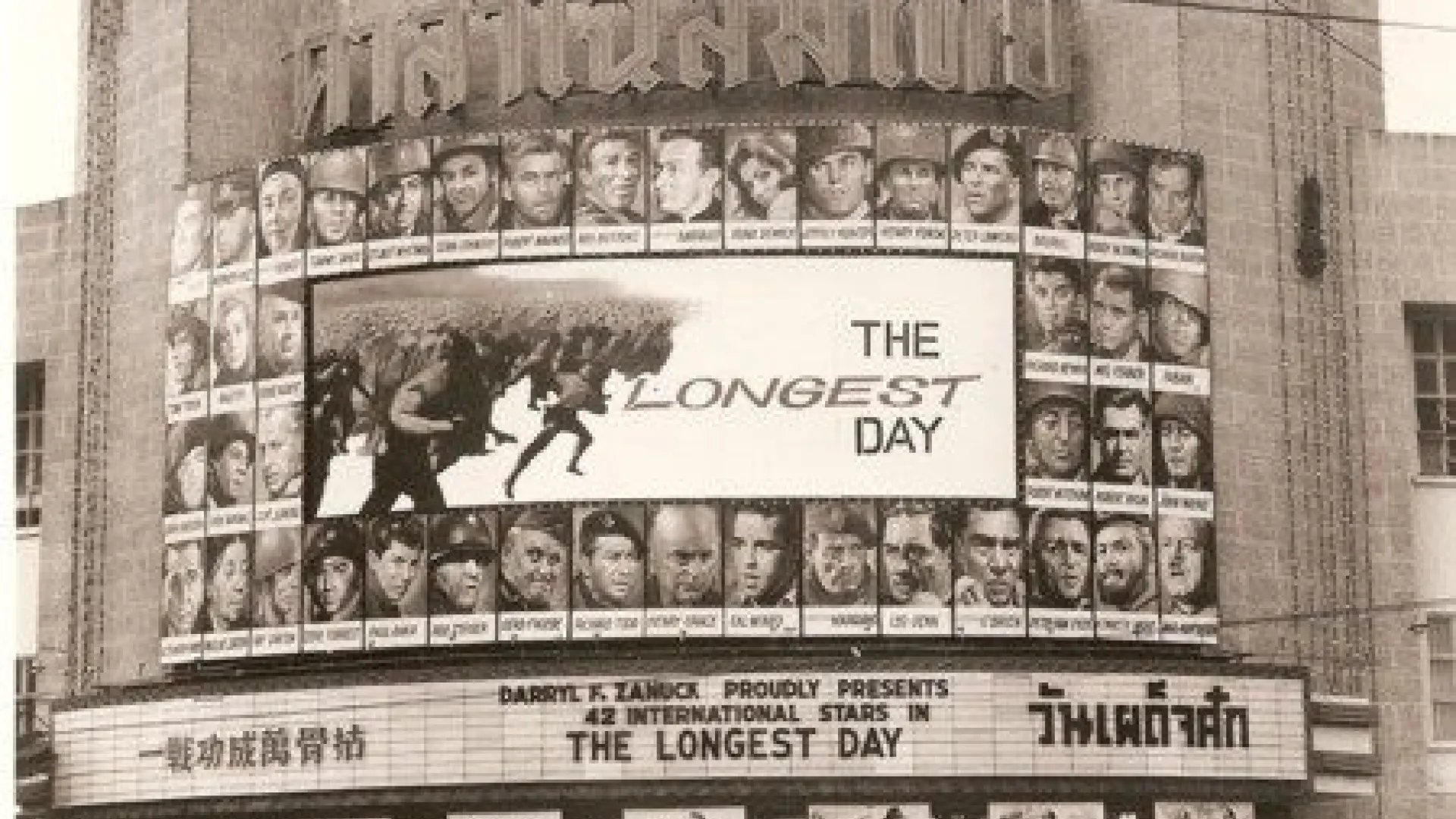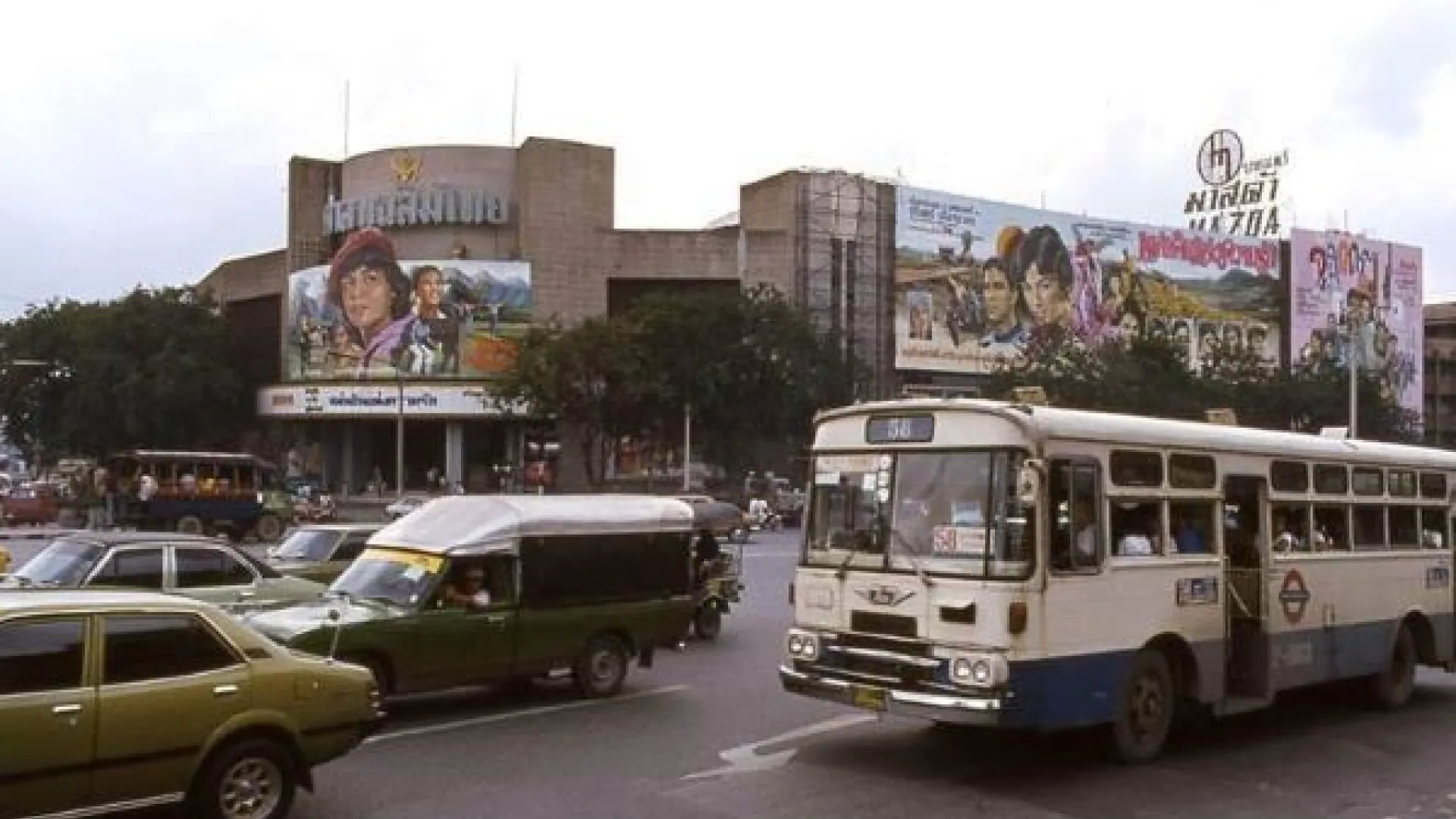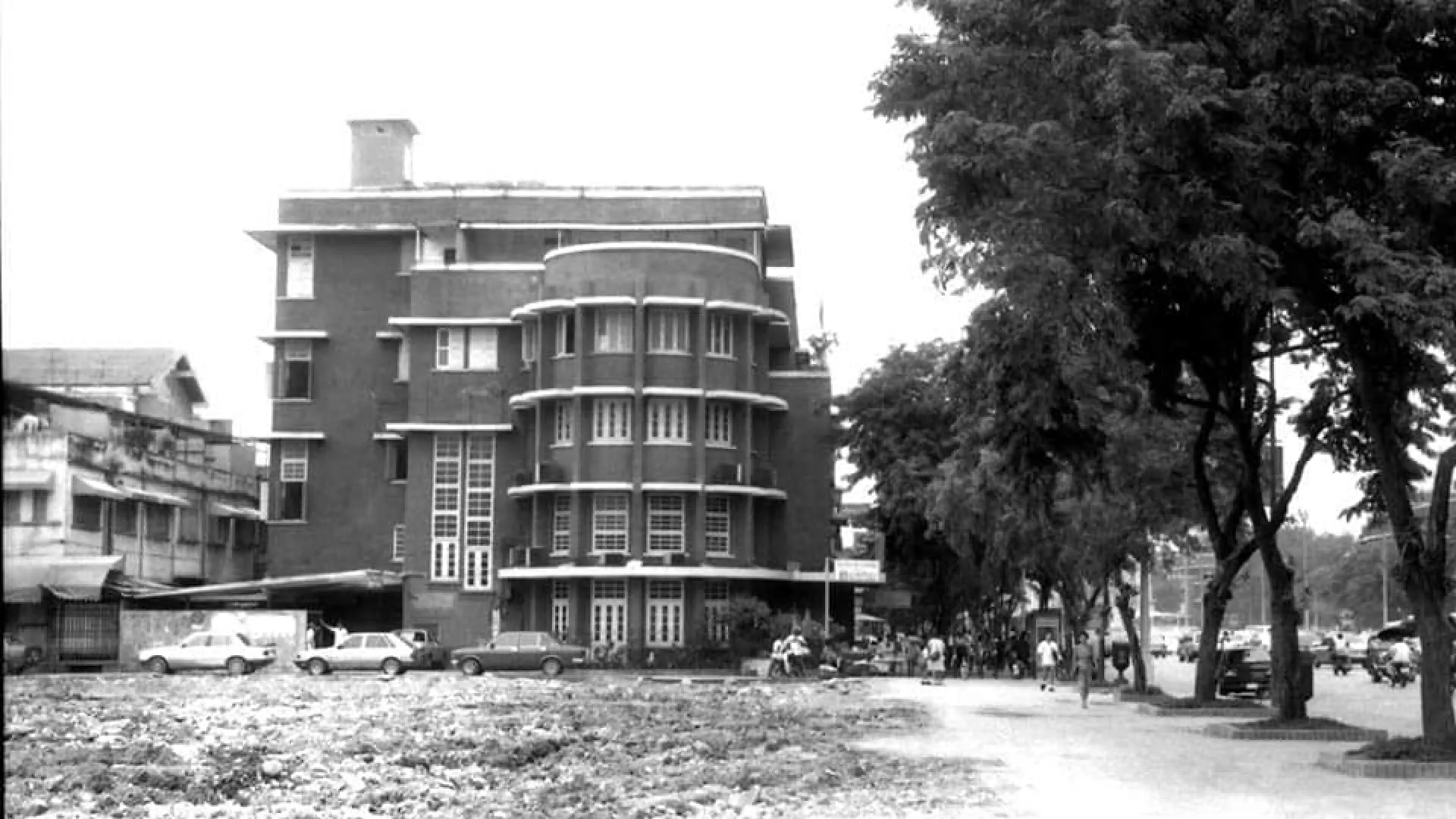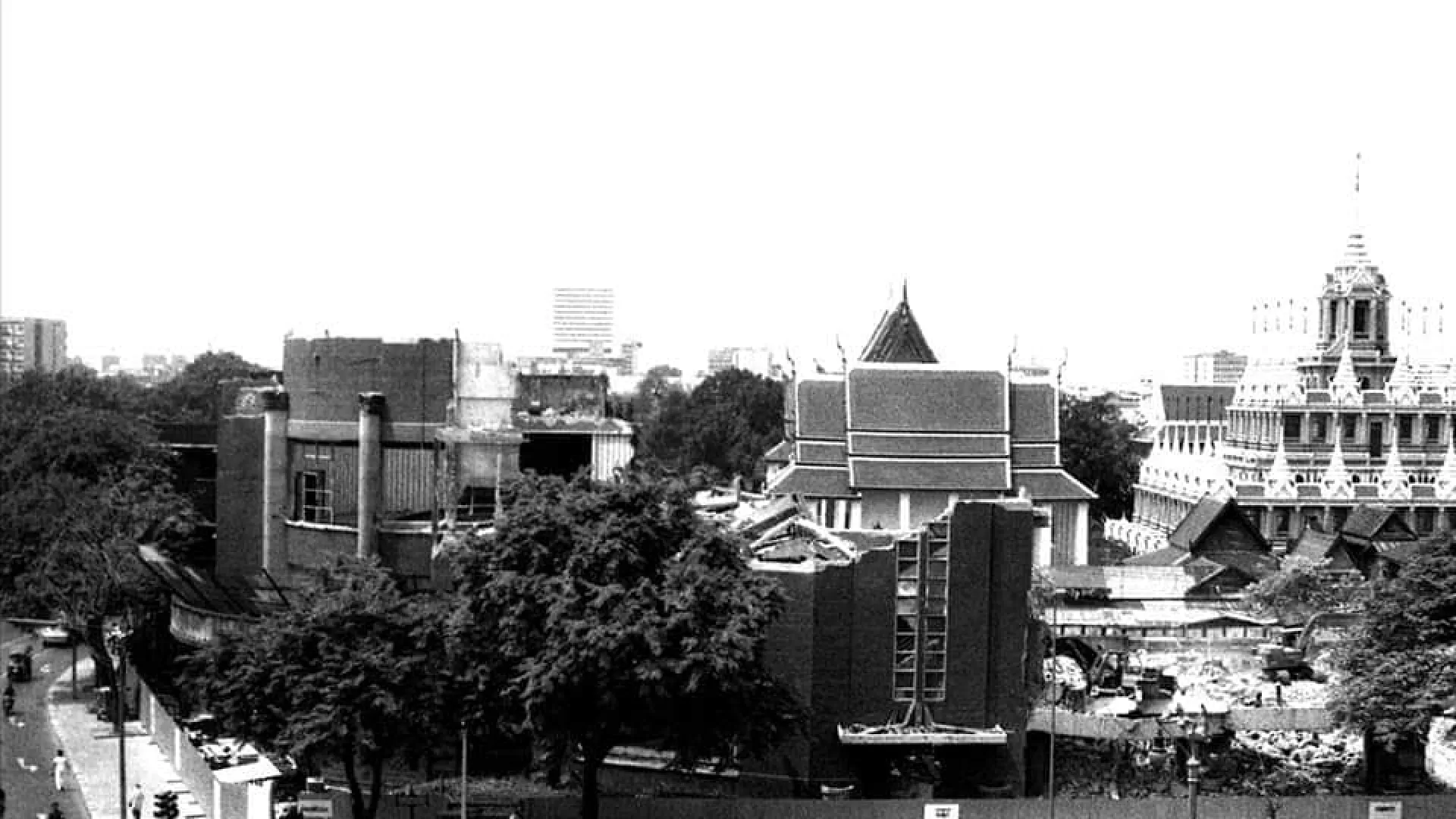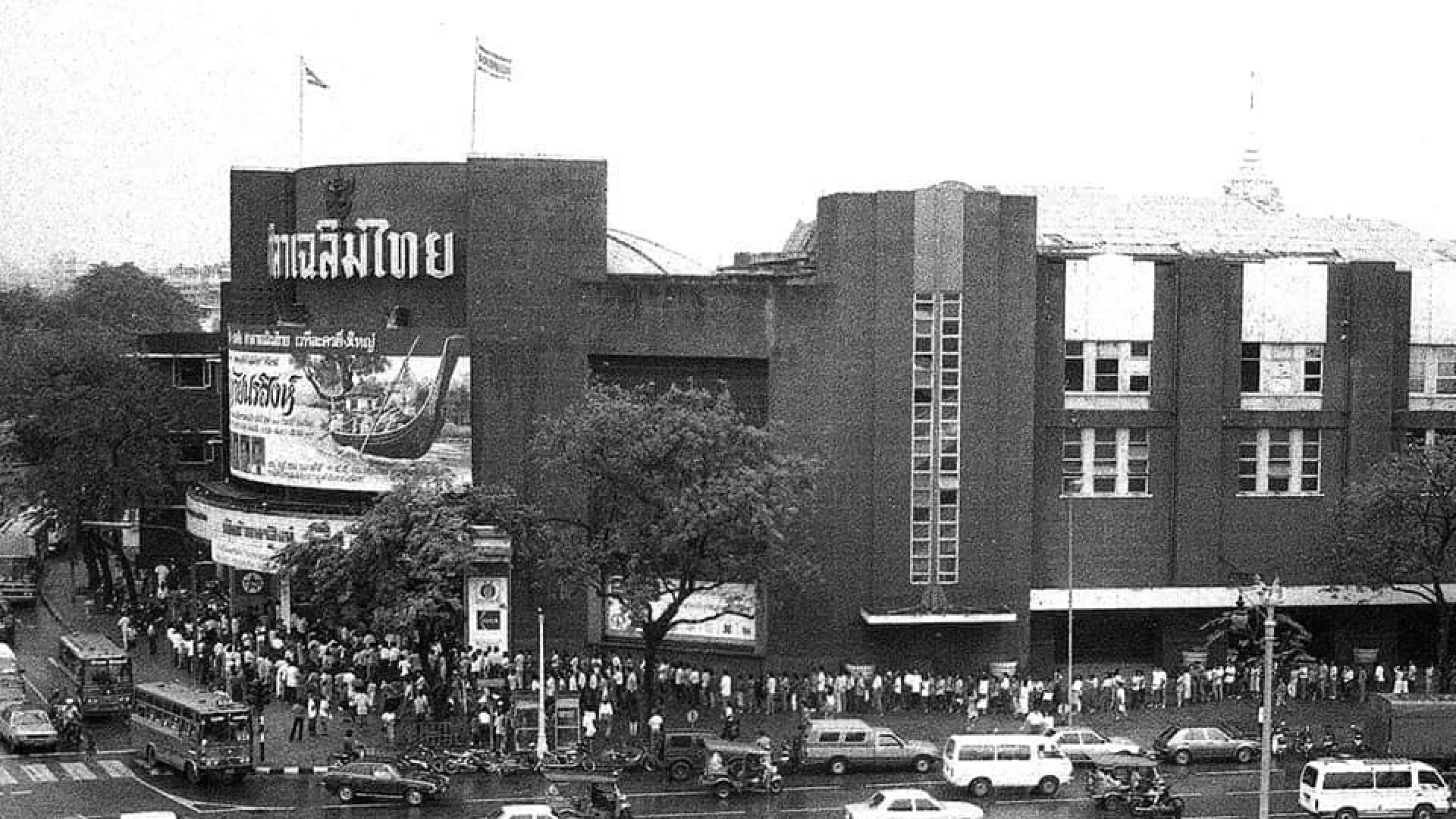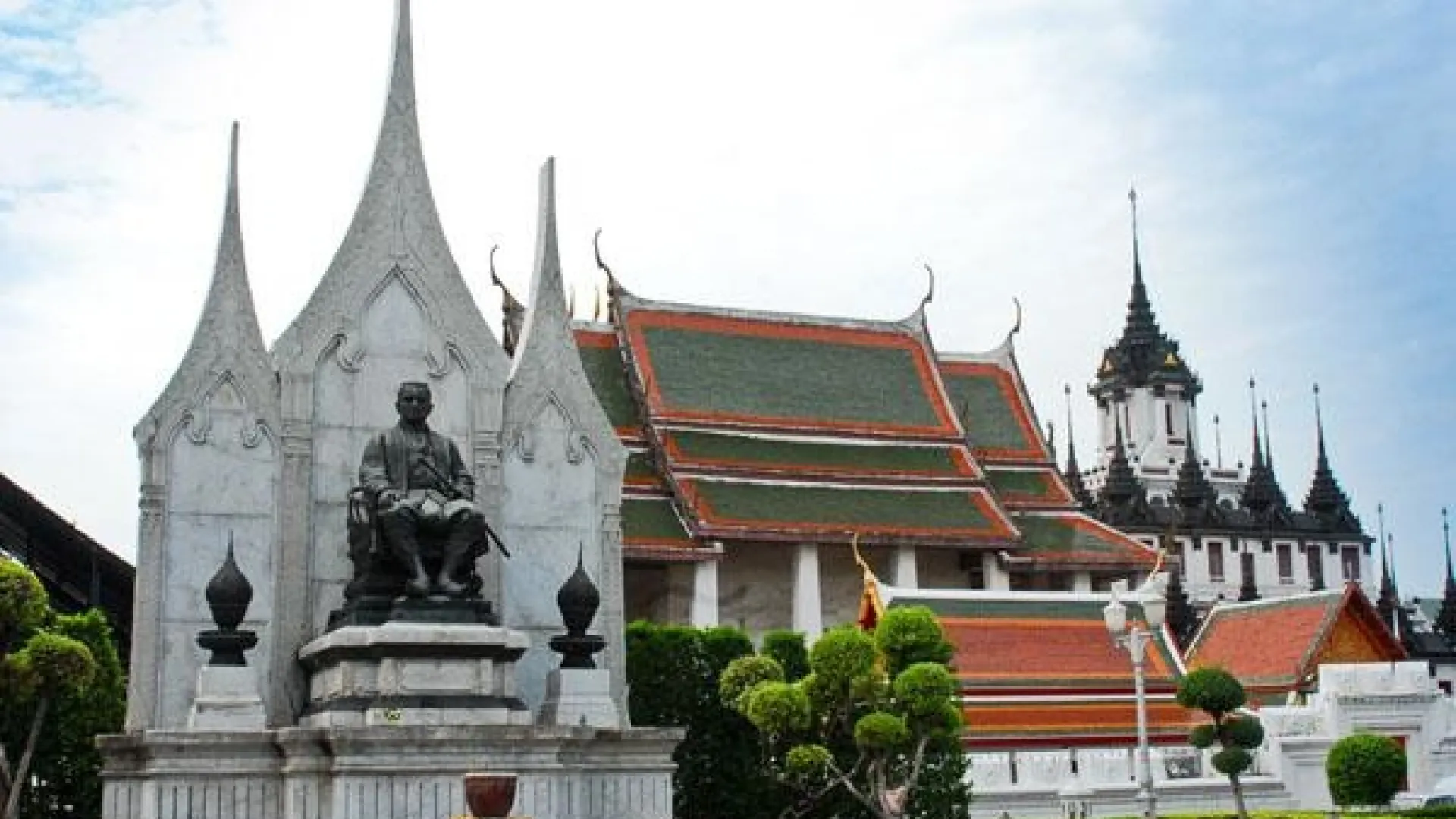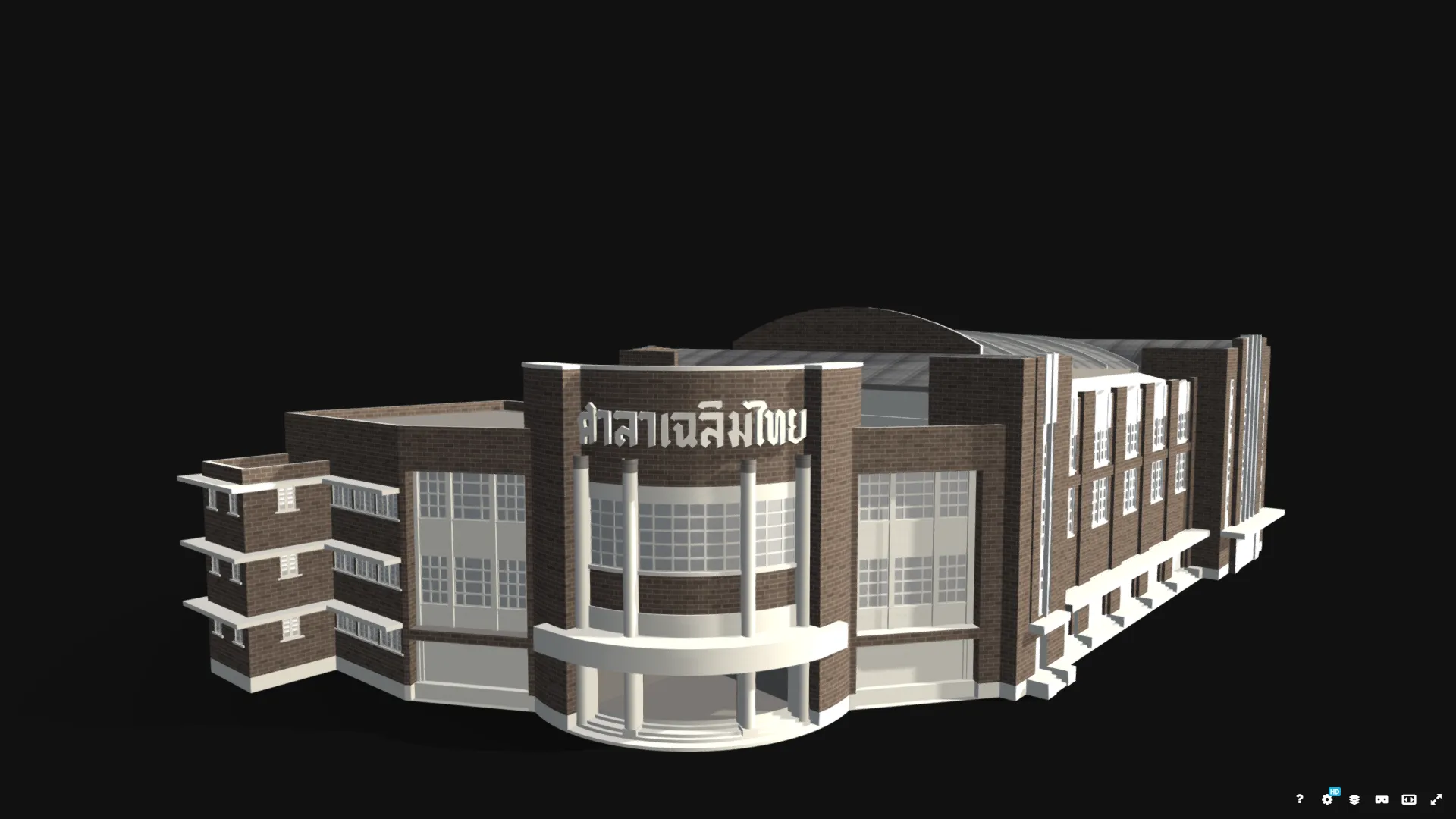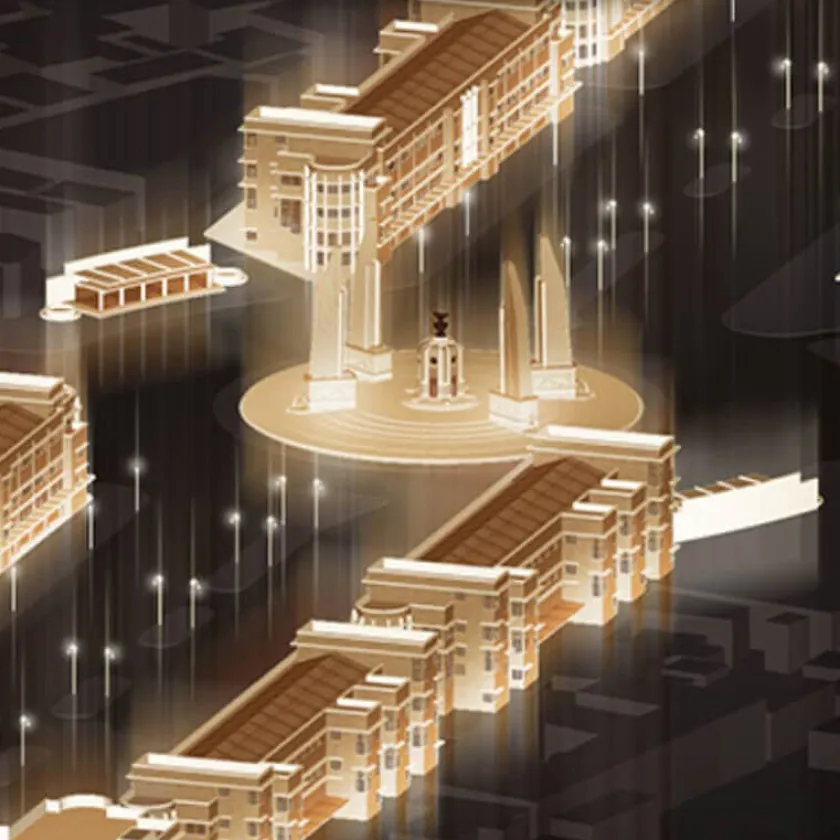The year 1932 was not only significant for the transition of Siam's political system, but it also marked the 150th anniversary of Bangkok's founding. To celebrate this milestone, King Prajadhipok (Rama VII) initiated the construction of a theater at the corner of Charoen Krung Road and Tri Phet Road. The theater, named "Sala Chalermkrung," was designed by Mom Chao Samaichalerm Kritakara, with its structure drafted by Ajarn Nart Photiprasat. The construction began in 1930 but was completed a year after the People's Party had seized power from King Rama VII in 1933. Sala Chalermkrung was considered the first modern cinema in Thailand and one of the most advanced in Southeast Asia. However, its status was soon rivaled when the People's Party decided to build a new "theater for the people" called "Sala Chalermthai" in 1949. Interestingly, on the day this new theater opened (February 10, 1949), the People's Party, who was behind the project, had already lost their power.
Sala Chalermthai used to be located at the corner of Ratchadamnoen Klang Road and Mahachai Road. Its construction began in 1940 under the initiative of Field Marshal Plaek Phibunsongkhram, the Prime Minister at the time, who intended to make it the national theater and part of a megaproject to transform Ratchadamnoen Avenue into the center of the country's prosperity. The building was constructed with prominent modern architecture in the geometric Cubist style, designed by Chitsen Abhaiwongse and decorated by Siwawong Kunchon Na Ayutthaya. However, during the construction, World War II broke out, causing the project to be suspended, and it took nearly 10 years before it could be opened to the public. Sala Chalermthai was considered one of the most modern theaters at that time, with 1,200 seats (compared to 600 seats in Sala Chalermkrung), upper-stage seating with a proscenium, and a wagon stage for quick scene changes. In 1953, it was converted into a cinema while still maintaining its cutting edge in modern entertainment, such as pioneering the sale of popcorn and ice cream like cinemas abroad, screening the first 3D movie in Thailand "Man in the Dark" (1953), screening the first Thai cartoon "Miraculous Events'' by Payut Ngaokrachang, and the first complete stereophonic sound musical film from Hollywood, "South Pacific" (1958). However, on March 20, 1989, Sala Chalermthai finally closed its curtains when the government of General Chatichai Choonhavan passed a cabinet resolution to demolish the building, as it obscured the view of the Loha Prasat (Metal Castle) of Wat Ratchanatdaram, which is located behind Sala Chalermthai. This resolution aligned with an article by Mom Rajawong Kukrit Pramoj in the Siam Rath newspaper on January 17, 1989, which viewed the building as "ignoble" and obscuring the beauty of Wat Ratchanatdaram. Despite objections from many parties that Sala Chalermthai did not obstruct the main view of the temple, as the temple's main angle was from the canal side road (during the reign of King Rama III when the temple was built, Ratchadamnoen Road had not been constructed), the objections were ineffective. Sala Chalermthai was demolished and replaced by the Maha Jesada Bodin Pavilion courtyard, which remains to this day.
It can be said that the demolition of Sala Chalermthai, along with other modern architectures built during the People's Party era, which continued to face demolition attempts afterward, was an effort by the royalist side to destroy the legacy of the People's Party and glorify traditional Thai architecture that reflected absolute monarchist values. This is evident in a part of the same article by M. R. Kukrit Pramoj, which states,
"In the past 50 years, there have been quite a number of ugly and frightening buildings constructed in Bangkok. Therefore, when we start demolishing things, we should feel enthusiastic and go around demolishing other buildings that are in the wrong place and have architecture that does not harmonize with the architecture of Bangkok..."
However, on the flip side, these attempts to demolish the People's Party's legacy have also played a role in awakening the democratic consciousness of people in the present era, encouraging them to study and research the values and meanings of the structures built during the People's Party era. This has led to the present-day revival of the history of the 1932 Siamese Revolution, which the royalist side wanted the people to forget and leave behind.
